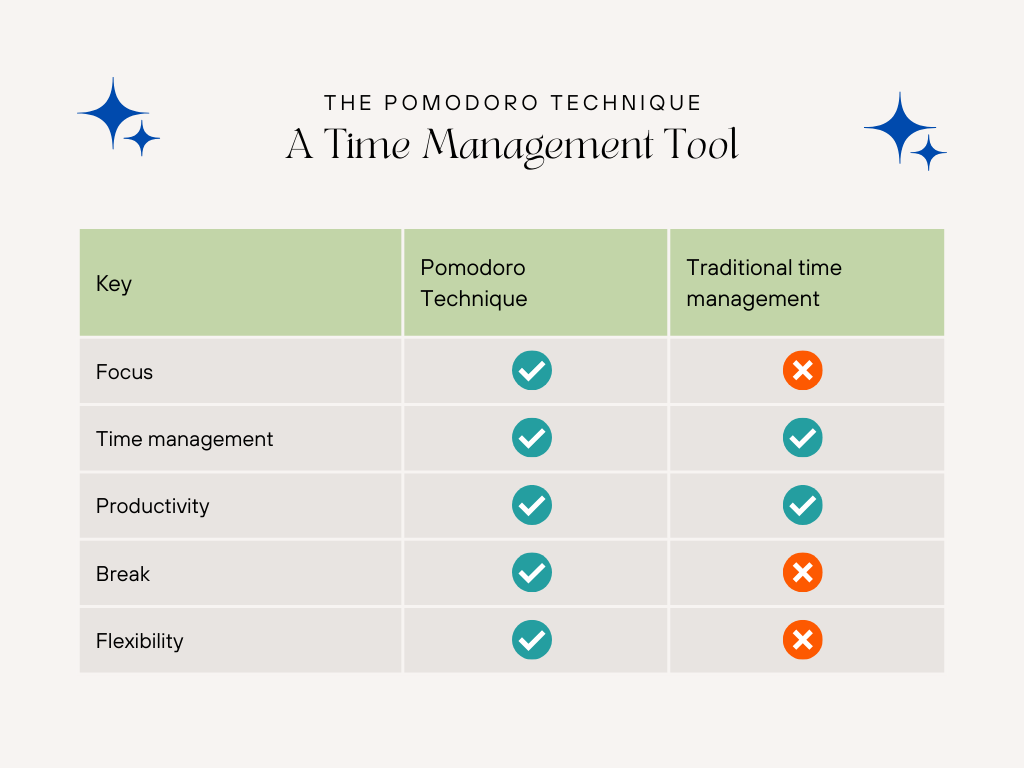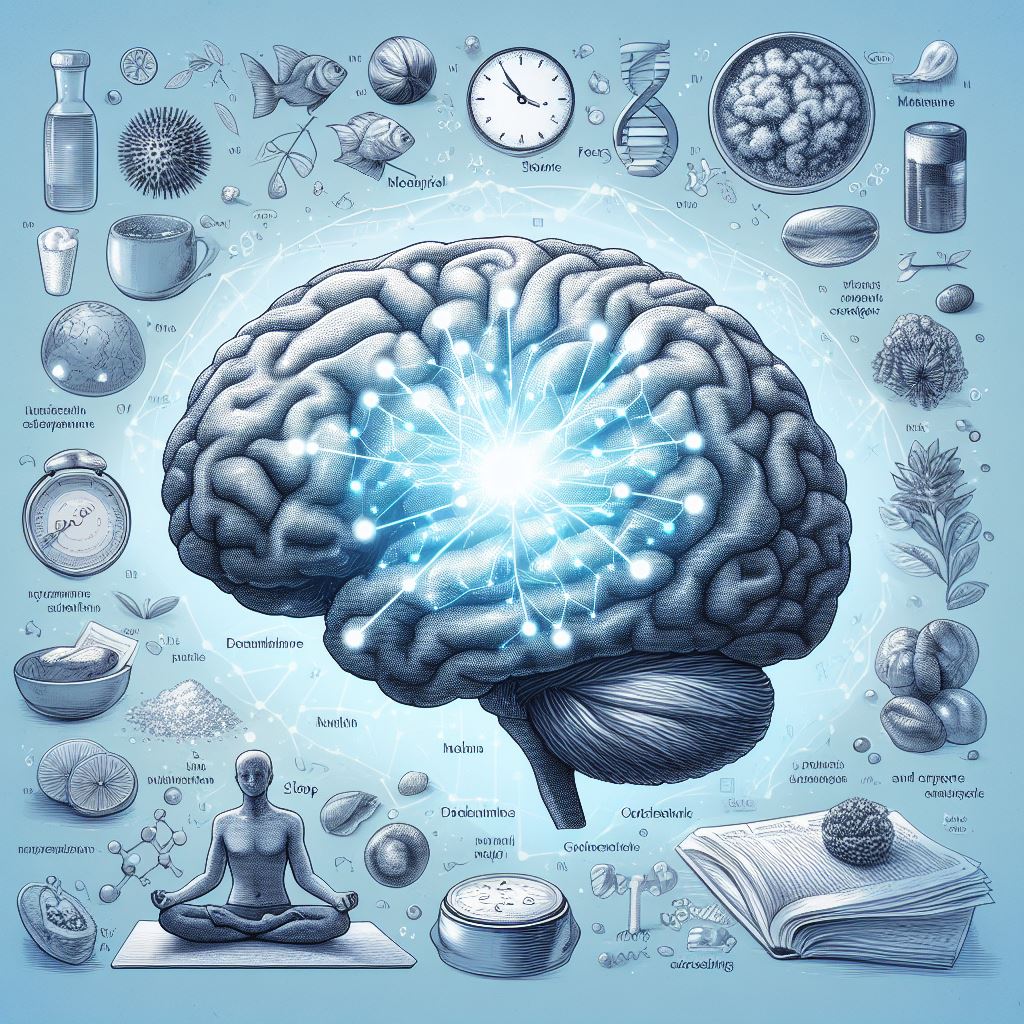
How to Study for an Exam: Ultimate Guide to Acing Your Next Test
Let’s be honest, preparing for exams can feel overwhelming. You sit there staring at your notes, not sure where to start, feeling like there’s just too much to remember. Sound familiar? You’re definitely not alone in this.
Many students face the same challenge, especially when the pressure is on. Imagine a way to make studying easier and more effective.
In this guide, we’re going to share practical exam preparation tips for students that can make a real difference.
We’ll cover effective study techniques for exams, share a step-by-step plan to help you stay on track, and reveal some simple study hacks for exam success. Ready to turn those study struggles into a winning strategy?
Proven Study Techniques for Exam Success
Not all study methods are equal when it comes to exam preparation. Here are some of the best ways to make your study sessions truly count.
1. Active Recall: Boost Your Memory
What Is Active Recall?
Active recall is a effective technique where you test yourself on the material you’ve learned instead of just reading through notes. Think of it like this: rather than pouring water into a bucket with holes, you’re plugging those holes so the knowledge sticks.
Why It Works
When you force yourself to remember information, it strengthens your memory pathways, making it easier to recall it during exams.
Studies show that students who use active recall retain up to 50% more information than those who simply read and re-read their notes.
Example:
Imagine you’re studying for a history exam. Instead of rereading your notes, try closing the book and testing yourself on key dates and events. You can use flashcards with questions on one side and answers on the other—apps like Anki are perfect for this.
2. Spaced Repetition: Keep Knowledge Fresh
Why Spaced Repetition Matters
You might notice that if you study something today, it seems to fade away after a few days. That’s where spaced repetition can help. It’s about reviewing information over time, at intervals, which helps move knowledge from short-term to long-term memory.
How to Use It
Break down your exam study guide into small chunks. Review them the first day, then revisit after a few days, then a week, and so on. This way, you’re reinforcing what you’ve learned, just when you’re about to forget it.
Example:
Let’s say you have a biology test in a week. Review the cell structure today, go over it again in three days, then again just before the test. Tools like Quizlet make it simple to schedule these reviews.
3. The Pomodoro Technique: Stay Focused, Beat Procrastination
What is the Pomodoro Technique?
Under the Pomodoro method, one studies for 25 minutes then pauses for five minutes. Four sessions later, you can have a lengthier break lasting roughly fifteen to thirty minutes. It’s designed to keep you fresh and focused without burning out.
Why It Works
These short, focused sessions help you concentrate better and make long study hours feel less draining. Plus, knowing that a break is just around the corner can keep you motivated to power through those 25 minutes.
Example:
Set a timer for 25 minutes and focus solely on studying a section of your exam study guide. When the timer rings, get up, stretch, or grab a snack. Repeat three more times, and then take a longer break to recharge.

Building an Effective Study Schedule:
Having a study schedule is like having a map when you’re lost. It guides you through your study materials without wasting time. Here’s how to create a study plan that actually works.
Why a Study Plan Is Essential
- Reduces Procrastination: Knowing what you need to study each day makes it easier to start, even when you don’t feel like it.
- Increases Productivity: It’s easier to focus when you have a clear goal, like finishing a chapter or completing a set of practice problems.
- Builds Consistency: Consistent study sessions are key to academic success because they keep the material fresh in your mind.
Step-by-Step Guide to Creating a Study Schedule
- Assess Your Study Material: List out all the topics you need to cover. Break down each subject into smaller sections.
- Set Specific Goals: Aim for clear goals each day, like mastering a specific concept or solving 10 problems.
- Divide Your Time: Allocate more time to difficult subjects or those that require deeper understanding. Use shorter time blocks for reviewing easier material.
Example:
If you have a math test in two weeks, dedicate Monday to algebra, Tuesday to geometry, and use Friday for reviewing problem sets. Adjust your schedule based on how comfortable you feel with each topic.
Using digital tools for time management.
- Google Calendar: Block study sessions and set reminders for your breaks.
- Trello: Create boards for each subject and move cards from “To Study” to “Completed” as you go.
- Flashcard Apps: Use Quizlet for quick reviews on the go, perfect for those short breaks or waiting times.
Common study mistakes to avoid.
Even with the best intentions, it’s easy to fall into bad habits that waste your time. Let’s look at a few mistakes and how to avoid them:
1. Cramming vs. Consistent Study
Why Cramming Fails
Cramming puts too much pressure on your brain in a short time. It might help you remember a few facts for the next day, but it’s terrible for long-term retention. Consistent study sessions spread over time are far more effective.
Solution:
Instead of cramming the night before, try studying for 30 minutes each day in the weeks leading up to your exam. You’ll retain more and feel less stressed.
2. Multitasking During Study Sessions
Why It’s a Bad Idea
Switching between checking your phone, watching videos, and studying reduces your focus. In fact, multitasking can decrease productivity by up to 40%, making those study sessions much less effective.
Solution:
Focus on one subject at a time. Turn off your phone or put it on “Do Not Disturb” mode. Use apps like Forest to stay on track.
3. Ignoring Breaks
Why Breaks Are Important
Your brain needs time to process and store information. Without breaks, you’re more likely to experience burnout and lose focus faster.
Solution:
Take short breaks every 25–30 minutes. Use this time to stretch, take a quick walk, or simply close your eyes for a few minutes.
Example:
I used to think that studying for hours without a break was the best way to prepare. But I’d always end up exhausted and not retaining much. Once I switched to shorter sessions with breaks, my focus improved, and so did my grades.
How to Stay Focused During Long Study Sessions

With distractions everywhere, studying can be difficult to focus on. Here’s how to keep your mind on track:
1. Creating a Distraction-Free Environment
- Find a Quiet Spot: A library, a quiet corner of your house, or a study room can work wonders.
- Turn Off Notifications: Use apps that block distracting websites during your study time.
- Organize Your Space: A tidy space leads to a tidy mind. Keep only what you need on your desk.
2. Mindfulness and Focus Techniques
Why mindfulness helps
A few minutes of mindfulness or deep breathing before a study session can make a huge difference. It helps you clear your mind and prepare to focus.
Example:
Try this: Before you begin, take a deep breath in for four seconds, hold it for four seconds, and let it out for four. Repeat this a few times to calm your mind.
3. Managing Study Fatigue
Signs of Burnout
If you find yourself staring at your notes without absorbing anything, it’s time to take a break.
Solution:
Get a decent night’s sleep, drink plenty of water, and eat brain-friendly foods like nuts and berries. A short walk outside can also help re-energize you.
Recap and encouragement: Keep going; you’ve got this!
Let’s quickly recap:
- Use Active Recall to make what you learn stick.
- Spaced repetition helps move information into long-term memory.
- The Pomodoro Technique can keep you focused without feeling overwhelmed.
- A study schedule is your secret weapon for staying on track.
- Avoid cramming, multitasking, and skipping breaks for better results.
- Create a distraction-free environment and use mindfulness to stay sharp.
Studying for exams isn’t about how many hours you spend with your nose in a book. It’s about making the most of that time with smart strategies. The journey might be tough, but remember: Each study session advances you one step toward your objective. You’re stronger than you think, and you’ve got what it takes to succeed!
FAQs: Your Top Questions Answered
How do I study effectively without distractions?
Turn off notifications, find a quiet study spot, and keep your study area organized.
What’s the best time of day to study?
Some focus better in the morning, while others prefer studying at night. Find a time when you feel most alert.
How can I retain information better for exams?
Focus on active recall and spaced repetition to strengthen memory.
Should I study with music?
Instrumental or classical music can help some focus, but lyrics can be distracting for others. Test what works best for you.
How many hours a day should I study for exams?
Quality matters more than quantity. Aim for 2-3 focused hours per subject and adjust as needed.
Conclusion:
Now that you have these tools, it’s time to put them to work. Each study session is a chance to get closer to your goals. You don’t need to aim for perfection—just progress.
Trust the process, be kind to yourself, and remember that the effort you put in today will pay off tomorrow. Ready to ace that exam? Let’s get started!
What study tip has worked best for you? Share in the comments or let us know what keeps you motivated during those long study hours! Happy studying and excellent luck!
Study Tips Students

